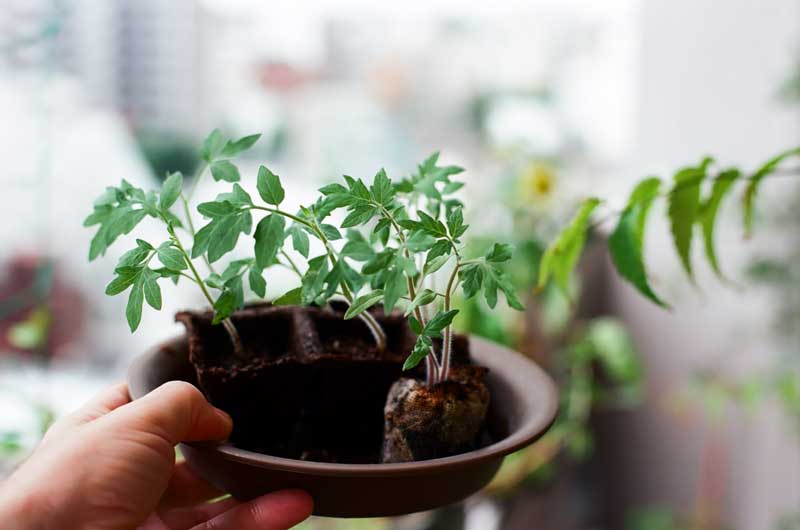
Recently I met with Yamada Yoriyuki (山田順之), Manager of the Office of Global Environment at constructino company Kajima and a leader in bringing biodiversity ideas to Japanese corporations. He showed me the new interactive illustration Kajima created of an integrated sustainable city, where bees pollinate community gardens, school fields are mowed by goats, falcons provide crow control, rivers support animal life, hospitals have healing gardens, and plants and animals contribute to a better environment.
Yamada’s vision for new urbanism is holistic, with the widest variety of wildlife improving human life. Contrary to the government’s minimal regulations, Yamada boldly states, “I am not interested in greening.” Instead of applying green to existing projects, Yamada emphasizes habitat and culture. Habitat requires links between insects and birds, bees and food, trees and birds, clean water and fish. As an anthropologist, I was also pleased to hear Yamada emphasize culture as key to creating social change in cities. Yamada cites the importance of “eight million kami” (ya-o-yorozu no kami or 八百万の神), a Shinto belief in animism and the presence of spirits in an infinite number of natural beings and materials.
In addition to working with Kajima and the Japanese Business Initiative for Biodiversity, Yamada is very hands-on. He explained how he monitors honeybees on Kajima’s Ikebukuro dormitory using GPS and biking along a 2 kilometer radius. From his observations, he sees urban honeybees avoiding park and street trees because pesticides have made them unsafe, and preferring instead small gardens grown by residents.
Yamada also cites the Japanese Pygmy Woodpecker as a key indicator species. Because it travels relatively short distance, urban habitat requires a series of interconnected parks and street trees creating a green web. I find this idea of the ecological connection between large public spaces and individual gardens very inspiring.
I also highly recommend the article he co-authored: Kumagai, Yoichi and Yoriyuki Yamada. “Green Space Relations with Residential Values in Downtown Tokyo: Implications for Urban Biodiversity Conservation.” Local Environment, Routledge Press, Vol. 13, No. 2, 141–157, March 2008.



